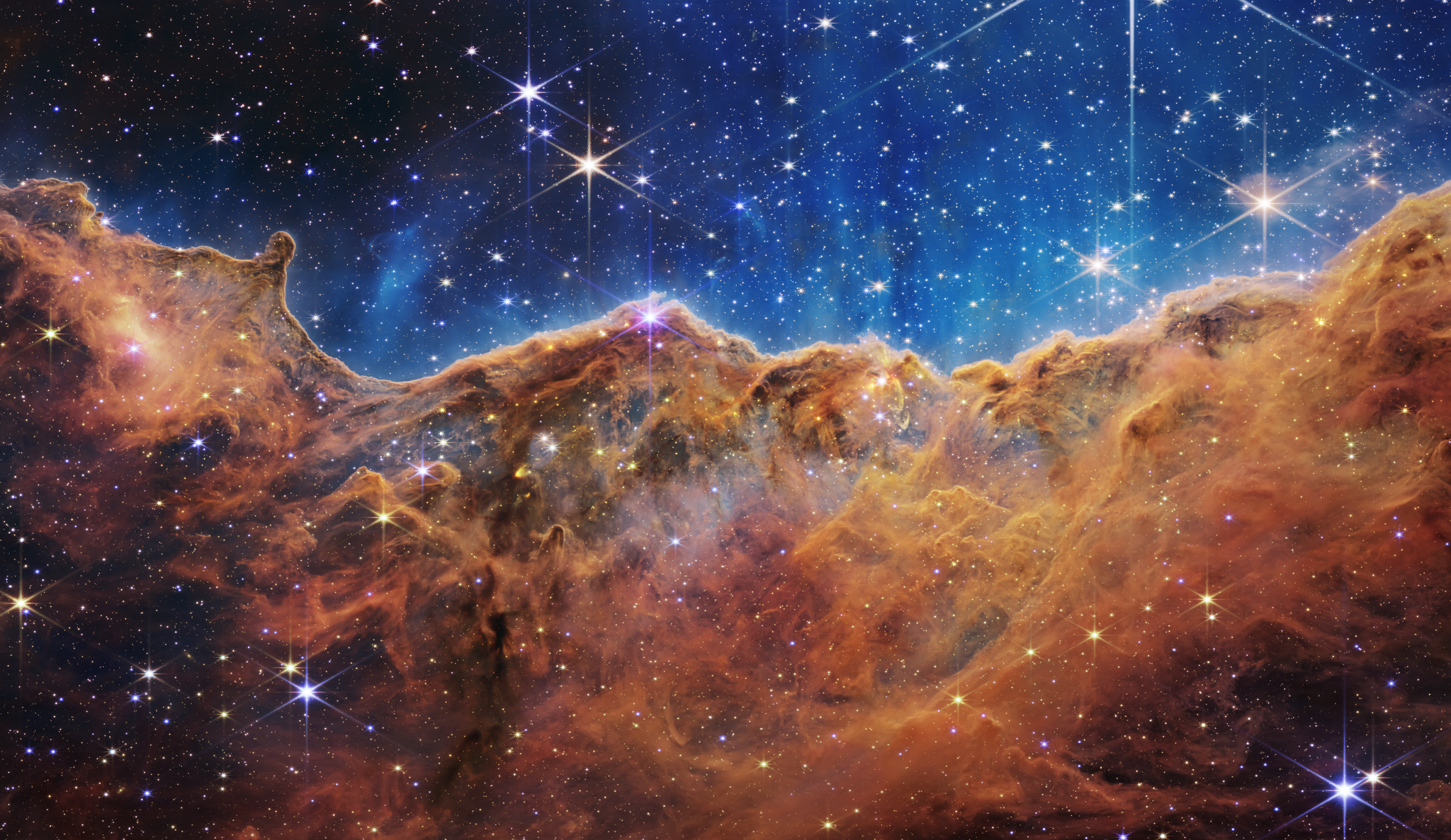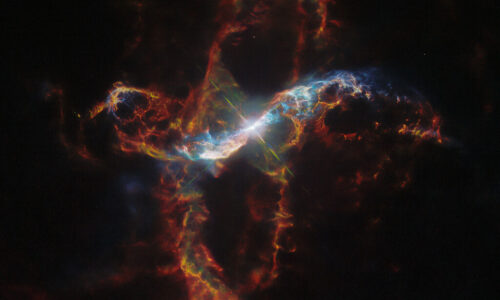I read the The Accidental Universe by Alan Lightman last year and it was such an insightful read. It is helpful to read the book slowly, not because of scientific jargon as all the relevant science are explained thoroughly. But read the book slowly to let the thoughts simmer in your head and marvel at the universe and our place in it. A similar narrative, that is both instructive and introspective, but has more volume and science involved is the Fire in the Mind by George Johnson.
Throughout the book, Alan Lightman populates each chapter with various schools of thought supporting and contradicting discussions therein. As anyone familiar with Lightman’s beautifully written Einstein’s Dreams, after finishing the book, the reader is left with a feeling of awe over the richness of the accidental universe.
The Accidental Universe
Here, Lightman provides a very readable historical background of the universe. He examines the nature of the universe, touches on Alan Guth’s inflationary Big Bang theory, and the idea of multiverse. He explores Intelligent Design, anthropic principle, fine tuning, dark energy, and string theory.
He builds up the narrative to ask the eternal compelling question about how the random jostling of molecules led to consciousness, that is on one end quantum fluctuations and on the other, life capable of asking questions like:
“…why do these fundamental parameters happen to lie within the range needed for life? Does the universe care about life?”
Alan Lightman, The Accidental Universe
The Temporary Universe
This chapter reminds me of the cosmological and psychological arrows of time. Lightman begins by telling the story of his daughter’s wedding and how he yearns for the past when she was much younger. This brief encounter with nostalgia allowed him to humanize the second law of thermodynamics.
“Physicists call it the second law of thermodynamics. It is also called the arrow of time. Oblivious to our human yearnings for permanence, the universe is relentlessly wearing down, falling apart, driving itself toward a condition of maximum disorder.”
Alan Lightman, The Accidental Universe
Here, Lightman, the theoretical physicist and writer, is not afraid to be wistful. He is vulnerable, and sentimental when he admits he is not immune to long for the immutable, for immortality despite nature’s transient behavior. He verges on the spiritual and ends with a thoughtful note.
“Even though we struggle and howl against the brief flash of our lives, might we find something majestic in that brevity? Could there be preciousness and value to existence stemming from the very fact of its temporal duration?”
Alan Lightman, The Accidental Universe

The Spiritual Universe
This chapter is more philosophical. Lightman allows the reader to get a glimpse of his group monthly meetings in MIT with scientists, actors, playwrights. He tells about the persistence of the topic of religion in these meetings despite starting the discussion with something totally random. He explained a working definition of God and quoted summaries of the religious beliefs of some devoutly religious scientists in his circle.
I find it very interesting to see the diversity of notable scientists’ religious convictions. Some scientists are expectedly inclined to believe in a Supreme Being that respects the laws of the physical universe, and therefore does not meddle in day-to-day affairs. Whereas, some scientists are perfectly comfortable in a Being performing miracles here and there, disrupting these same immutable laws.
I find myself agreeing very much to Lightman calling out Dawkins for nullifying religion and religious sensibilities. This has been my beef against most of the self-proclaimed atheists I encounter wherein some of my musing spilled over here. While I’m not an atheist like Lightman and know the terrors that took place in the name of religion, I acknowledge the full spectrum of consequences that religion brings which include consolation, grand works of art, great human feats shaped by an unwavering faith in religion, and to use Lightman’s words personal transcendent experiences.
At this point, Lightman tells of his transcendent experience with a family of ospreys. He recognizes that science is not exempt from believing without proof on the central doctrine of science. Finally, he ends the chapter leaving the reader with an understanding of his religion and the underlying motivation, the need for distinction between the two realms of universes. But what I like best in this chapter is how he described faith beautifully.
“Faith, in its broadest sense, is about far more than belief in the existence of God or the disregard of scientific evidence. Faith is the willingness to give ourselves over, at times, to things we do not fully understand. Faith is the belief in things larger than ourselves. Faith is the ability to honor stillness at some moments and at others to ride the passion and exuberance that is the artistic impulse, the flight of the imagination, the full engagement with this strange and shimmering world.”
Alan Lightman, The Accidental Universe
This is a personal favorite among the 7 chapters of The Accidental Universe because the subject is close to home. Being exposed to the study of physical sciences for so many years, symmetry unfolded itself naturally in principles, equations, geometry, code, and form. But symmetry is not exclusive to the physical sciences. It’s everywhere. It is math. It is art. It is architecture. It is poetry.
Since I was an undergraduate, I found elegance in symmetry. We are compelled to seek symmetry, formulate it and recreate it. But why? There seems to be an unspoken assurance to it. Somehow, symmetry is intuitive and simple but offers profound implications.
Here, Lightman begins with the story of “Higgs boson” and the synthesis of the forces of nature. He ties symmetry with natural selection, the “energy principle”, geometry. I enjoyed the story of the perfectly hexagonal honeycombs which I would tell later on to my father-in-law who is fond of bees at his golf course. I realize that for the longest time, I had not relished a story with such childlike fascination as I was reading this chapter.
“Perhaps in asking why the pervasive symmetries in nature are found appealing to the human mind and imitated in our human-made constructions, we are making an erroneous distinction between our minds and the remainder of nature. Perhaps we are all the same stuff. After all, our minds are made of the same atoms and molecules as everything else in nature.”
Alan Lightman, The Accidental Universe
“Viewed in this way, our human aesthetic is necessarily the aesthetic of nature. Viewed in this way, is nonsensical to ask why we find nature beautiful. Beauty and symmetry and minimum principles are not qualities we ascribe to the cosmos and then marvel at their perfection. They are simply what is, just like the particular arrangement of atoms that make up our minds. We are not observers on the outside looking in. We are on the inside too.”
Alan Lightman, The Accidental Universe
The Gargantuan Universe
Lightman tells that the history of human civilization is measured in terms of the scale of maps produced from an illustration of a plot of land in a clay tablet to distances probed by modern telescopes in deep space. Lightman attempts to paint a picture of the incredible vastness of the observable universe, which to humans seems emotionally remote, even detached. Lightman briefly becomes philosophic as he muses on man’s apparent insignificance in the face of infinity.
“…we can conclude that the fraction of stuff in the visible universe that exist in living form is something like … one-millionth of one-billionth of 1 percent. If some cosmic intelligence created the universe, life would seem to be only an afterthought. And if life emerged by random processes, vast amounts of lifeless material were needed for each particle of life. Such findings cannot help but bear upon the question of our significance in the universe.”
Alan Lightman, The Accidental Universe

The Lawful Universe
Lightman writes about the deterministic universe contrasting against unpredictable human affairs. The laws of nature governing the physical universe freed humans from the capriciousness of gods during Lucretius’ era, satisfying in Lightman’s words, a deep emotional need for order and reason. But humans are part and parcel of the physical universe and therefore must be governed by the same laws. While that is so, human behavior is not something that can be calculated to analytically exact or to machine precision like electron spins. Interspersing science with philosophy, the chapter finally drives home the message of human’s deep emotional need for freedom.
“I believe that it is bracing and vital to live in a world in which we do not know all the answers. I believe that we are inspired and goaded on by what we don’t understand. And I hope that there will always be an edge between the known and the unknown, beyond which lies strangeness and unpredictability and life.”
Alan Lightman, The Accidental Universe
The Disembodied Universe
This last chapter seemed out of place. The rest of the chapters, except for The Spiritual Universe, make the universe the central character and humanity only secondary to the extent of its subjection and reaction to the former, to the extent of how humans grappled with a universe that is accidental, temporal, symmetric and gargantuan. This last chapter is about humans shaping their own personal universes. It is about humans of the information age living disembodied, digitized lives brought about by modern technology.
It’s a different theme altogether, I think. A life of relentless media and communications grabbing our attention, disconnecting us from our actual physical surroundings calls for being more present in the moment, to live each transient and serendipitous fluttering of a butterfly’s wings. But maybe that is the author’s message. Around us is this invisible digital force made of bytes and packets that connects us in an instant but disconnects us in another way and somehow we must learn to live authentic lives, not in spite of, but all the more because of this.



